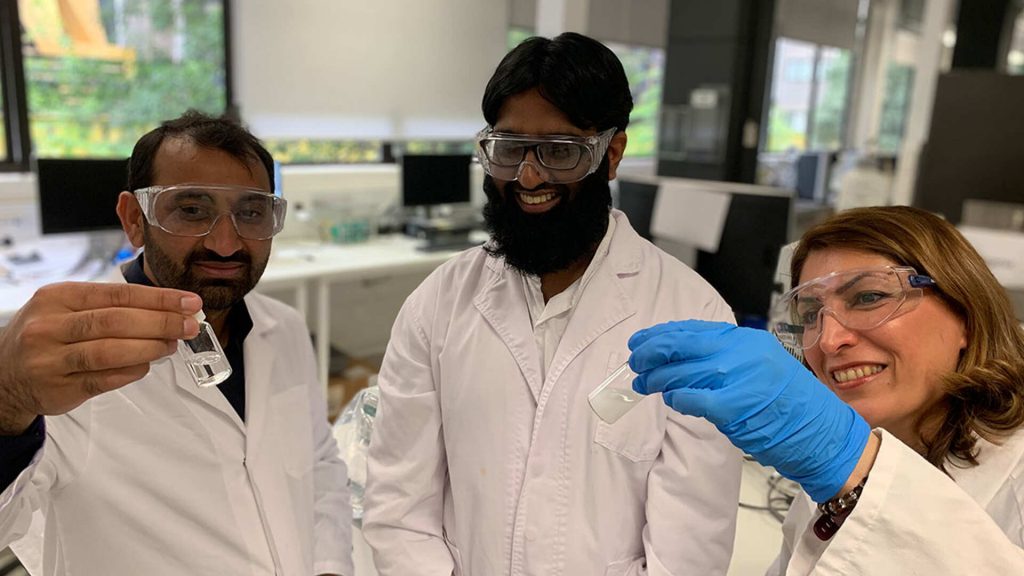Microplastics have seeped into every walk of our lives. They are not just in the sea anymore. Their pieces have been found in the freshly fallen snow in Antarctica and in breast milk samples.
In order to check this massive spread, scientists are working on solutions. Princeton researchers have used egg whites to create a lightweight, porous aerogel that can remove microplastics and salt from water, recently.
Last month, robotics researchers at the University of Surrey developed a robot fish that moves through the water and holds its mouth open to trapping microplastics in an internal cavity.
According to Professor Nicky Eshtiaghi, lead researcher at RMIT University, Melbourne, existing methods could take days to remove microplastics from water. Eshtiaghi and colleagues have created a cheap and sustainable invention that could achieve better results in just one hour.
The research results are published in the Chemical Engineering Journal.
The team developed adsorbents in the form of a powder that can remove microplastics 1,000 times smaller than those currently detectable by existing wastewater treatment plants.
“The nano-pillar structure we’ve engineered to remove this pollution, which is impossible to see but very harmful to the environment, is recycled from waste and can be used multiple times,” said Eshtiaghi from the School of Engineering in a release.
The adsorbent is made using nanomaterials that can be mixed into water to attract microplastics and dissolved pollutants.
“This whole process takes one hour, compared to other inventions taking days,” said Muhammad Haris, the first author and Ph.D. candidate from the School of Engineering.
“Our powder additive can remove microplastics that are 1,000 times smaller than those that are currently detectable by existing wastewater treatment plants,” she said. “This is a big win for the environment and the circular economy.”
The team is now looking for industrial collaborators who can help in the material’s application in wastewater treatment plants.

